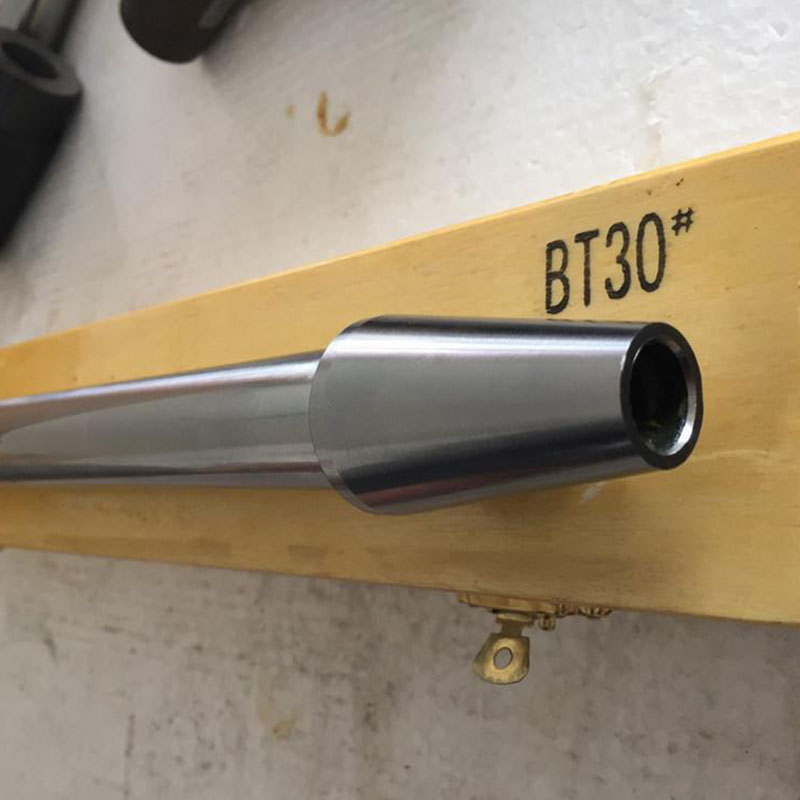Nov . 16, 2024 17:03 Back to list
Check Valve Pricing and Cost Analysis for Optimal Procurement
Understanding Check Valve Prices Factors and Insights
Check valves are essential components in various piping systems, designed to allow fluid to flow in one direction while preventing backflow. As industries continuously evolve, the demand for reliable check valves has increased, leading to an array of options in the market. Consequently, understanding check valve prices becomes crucial for both buyers and engineers.
Several factors influence the price of check valves. One of the most significant is the material used in their construction. Common materials include brass, stainless steel, PVC, and cast iron. For instance, stainless steel check valves, known for their durability and resistance to corrosion, tend to be more expensive than those made from PVC, which are essentially cost-effective for less demanding applications. The choice of material not only impacts the price but also the valve's performance and lifespan, necessitating careful consideration based on the specific needs of the application.
Another critical factor is the size of the check valve. Prices typically escalate with the diameter of the valve due to the amount of material used and the complexity of manufacturing larger fittings. Small check valves used in residential plumbing systems may cost less than $10, whereas larger industrial check valves can run into the thousands of dollars. This variance highlights the importance of matching the valve size to the requirements of the system to avoid overspending while ensuring adequate flow control.
check valve price

Additionally, the type of check valve also plays a crucial role in pricing. There are different types, such as inline, swing, ball, and diaphragm check valves, each designed for specific applications and operational requirements. Swing check valves, for example, are commonly used in waste management and water supply systems and may be pricier due to their design complexity compared to simpler inline models. Understanding the application’s demands can help in selecting the right type without compromising on functionality or budget.
Manufacturers' reputation and quality assurance also affect check valve prices. Established manufacturers often charge more for their products, reflecting their investment in research, development, and quality control. While cheaper options might be tempting, they could potentially lead to increased maintenance costs in the long run due to failures or inefficiencies.
Moreover, market dynamics such as demand and supply, as well as economic factors, can lead to fluctuations in check valve prices. For example, during times of increased construction or infrastructure development, the demand for check valves surges, potentially driving prices up. Conversely, innovations in production technology can sometimes lead to price reductions.
In conclusion, understanding check valve prices requires a consideration of multiple factors including materials, size, type, manufacturer reputation, and market conditions. For engineers, procurement specialists, and facility managers, being well-informed about these aspects can lead to better purchasing decisions. It ensures that the selected check valve not only meets the operational requirements but also aligns with budget constraints, balancing performance with cost-effectiveness seamlessly. As industries continue to advance, staying updated on the nuances of check valve pricing will be crucial for effective resource management and sustaining operational efficiency.
-
Y Type Strainer Maintains System Efficiency Long TermNewsJul.15,2025
-
Valve Selection Guide for Industrial ApplicationsNewsJul.15,2025
-
Steel Fab Table Provides Durable Work Surface for WeldingNewsJul.15,2025
-
Pad Iron Provides Stable Support for Heavy MachineryNewsJul.15,2025
-
One Inch Check Valve Fits Standard Plumbing SystemsNewsJul.15,2025
-
Measuring Micrometer Ensures Precise Dimensional AccuracyNewsJul.15,2025
Related PRODUCTS









